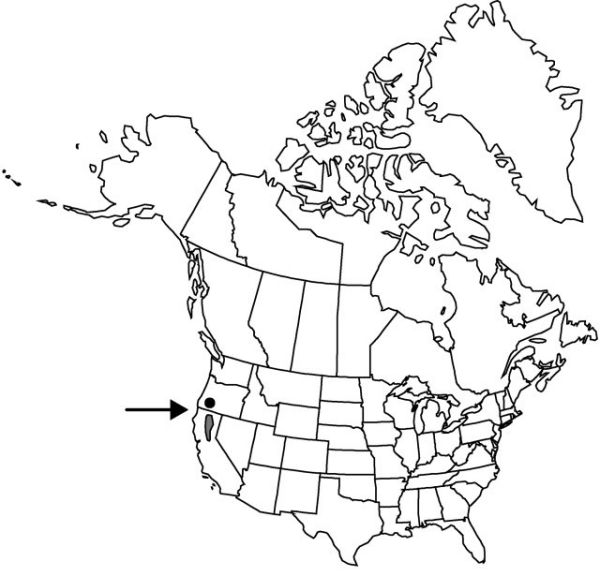Difference between revisions of "Fritillaria eastwoodiae"
Madroño 25: 95. 1978.
FNA>Volume Importer |
imported>Volume Importer |
||
| Line 8: | Line 8: | ||
}} | }} | ||
|common_names=Butte County fritillary | |common_names=Butte County fritillary | ||
| + | |special_status={{Treatment/ID/Special_status | ||
| + | |code=E | ||
| + | |label=Endemic | ||
| + | }} | ||
|basionyms={{Treatment/ID/Basionym | |basionyms={{Treatment/ID/Basionym | ||
|name=Fritillaria phaeanthera | |name=Fritillaria phaeanthera | ||
| Line 55: | Line 59: | ||
|publication title=Madroño | |publication title=Madroño | ||
|publication year=1978 | |publication year=1978 | ||
| − | |special status= | + | |special status=Endemic |
| − | |source xml=https:// | + | |source xml=https://bibilujan@bitbucket.org/aafc-mbb/fna-data-curation.git/src/bb6b7e3a7de7d3b7888a1ad48c7fd8f5c722d8d6/coarse_grained_fna_xml/V26/V26_287.xml |
|genus=Fritillaria | |genus=Fritillaria | ||
|species=Fritillaria eastwoodiae | |species=Fritillaria eastwoodiae | ||
Revision as of 22:16, 27 May 2020
Bulb scales: large 2–5; small 10–60. Stem 2–8 dm. Leaves in 1–2 whorls of 3–5 leaves per node proximally, alternate distally, 5–10 cm, usually shorter than inflorescence; blade linear to narrowly lanceolate, ± glaucous; distal leaves usually ± equaling proximalmost leaf. Flowers nodding; tepals pale greenish yellow to red, narrowly elliptic, 1–1.7 cm, apex usually flared to slightly recurved; nectaries green, gold, or yellow, lanceolate, less than 1/3 tepal length; style obviously branched for less than 1/2 its length, branches barely recurved, longer than 1.5 mm. Capsules angled. 2n = 24, 34, 36.
Phenology: Flowering Apr–May.
Habitat: Dry benches and slopes, sometimes on serpentine, in chaparral or beneath conifers
Elevation: 500–1500 m
Discussion
This species is highly variable and shows evidence of either being of hybrid origin between Fritillaria recurva and F. micrantha, or, if it is of separate origin, appearing to hybridize easily with those two species. In the northern part of its range, F. eastwoodiae intergrades with F. recurva, whereas in the southern part of its range it intergrades with F. micrantha. Occasional individuals throughout the range display traits of both F. recurva and F. micrantha.
